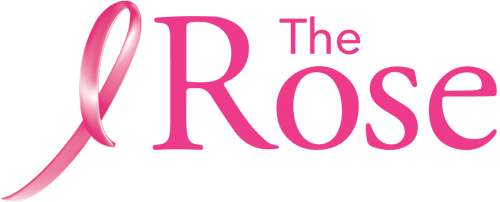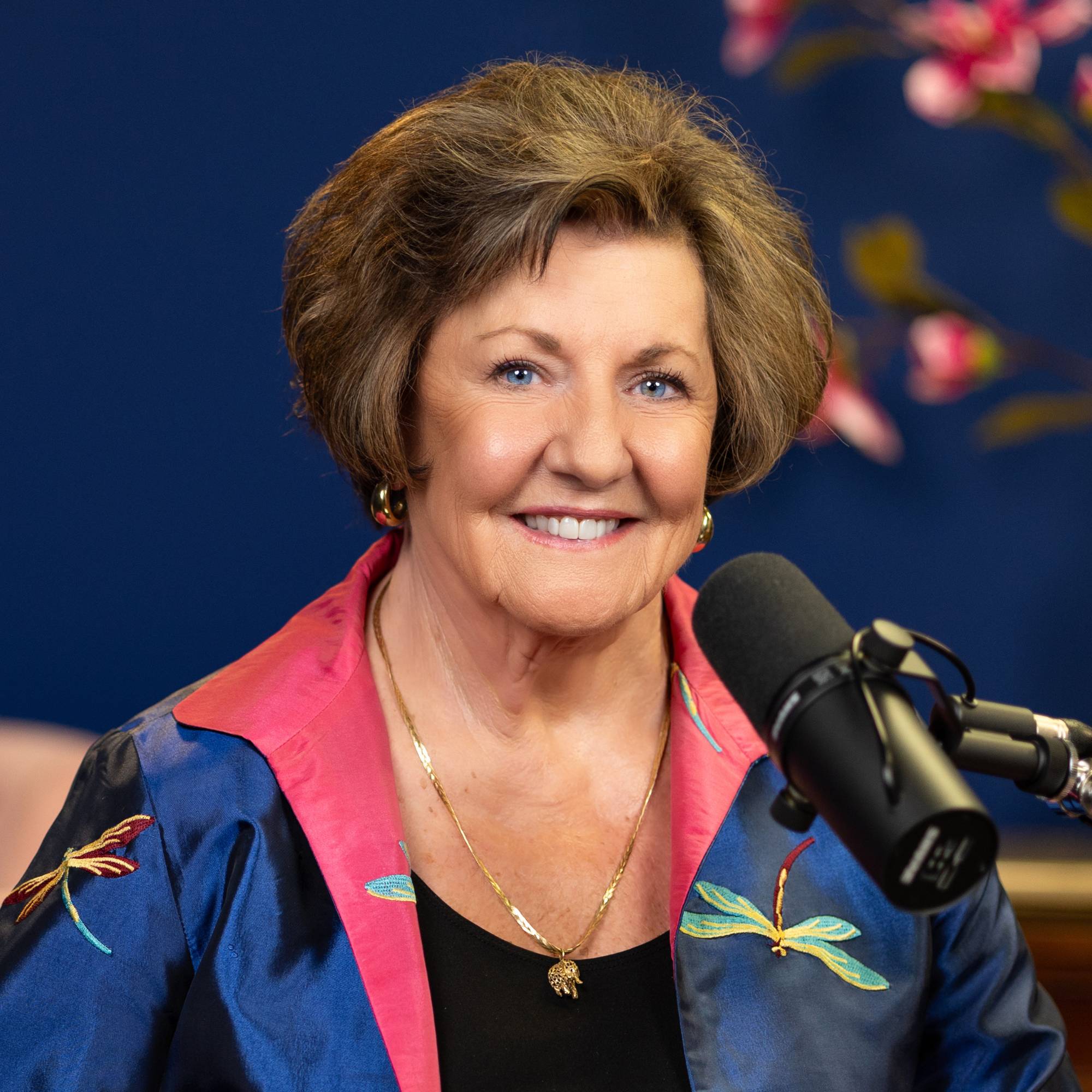Dorothy: [00:00:00] Let’s Talk About Your Breast, a different kind of podcast presented to you by The Rose, the Breast Center of Excellence and a Texas treasure. You’re going to hear frank discussions about tough topics and you’re going to learn why knowing about your breast could save your life.
So today I want to talk about the increasing number of young women that we are diagnosing here at The Rose every year. And I’m really, really concerned about how many of those young women were pregnant at the time of diagnosis or within five years after they had had a baby. Studies have confirmed that there is a unique danger in postpartum breast cancers. Most of the studies focus on the risk of metastatic cancer and that’s the kind of cancer that spreads to all of the other organs. In fact, metastatic breast [00:01:00] cancer is 50 percent higher among those diagnosed within five years of giving birth and those who did not give birth. One study revealed that in women 55 years and younger, breast cancer risk peaked at about five years after they’d given birth, with the risk of mothers 80 percent higher compared to women who did not give birth. That’s concerning. You know, postpartum status may be a prognostic indicator in young women with breast cancer. And what that simply means is, if you’ve just had a baby, and suddenly there’s an area in your breast that didn’t, wasn’t there before, we need to be sure that your physician is considering the possibility of breast cancer.
I mean, it, it is something that up to 45 percent of women 45 years or younger with breast cancer fall in this category, Postpartum Breast Cancer. [00:02:00] Now, that’s a whole lot of ways of saying that, that women who, women who give birth need to be aware of this risk. I can hear it now. I know there’s going to be some that argue women have enough to deal with by being pregnant, enough to deal with, with having a new baby.
I absolutely agree. But the reality is, a lump cannot be ignored. Too many times it is dismissed by healthcare providers because it is simply a result, as they believe, of the changes that naturally occur in the breast during pregnancy. But any new or persistent lump needs a definitive diagnosis. And young women must insist on that extra step.
You know it’s one thing to read all these studies and then it’s another to see them confirmed by The Rose’s own statistics, but I will tell you it’s quite another to witness this issue in real life. Of all the survivors that I interviewed for [00:03:00] Let’s Talk About Your Breast, In season one, over half were diagnosed while pregnant or within five years of having a child.
Alicia, Courtney, Marisol, Ronie, Lorraine, Ana, and Aeliya. All of their experiences on previous episodes and they share about being pregnant are having a young child. Will list their links in the show notes. When I listen to their stories, I am stunned by the additional hardships they endure simply because of the demands of raising young children and that’s topped with the number one worry that they are not going to live long enough— to raise those children. You know, it’s even amazing to me that I was at a event recently and I’m talking to a community partner Whose wife was diagnosed 25 years ago. He’s telling me about her diagnosis and then he mentions [00:04:00] that his his daughter was two years old when she was diagnosed. I’m thinking 25 years ago. This was an issue, and it is an issue today.
You know, another reality about young women and breast cancer is that if that woman is uninsured, then another trip to the doctor or having a mammogram or an ultrasound test is going to be financially out of reach. But the odd thing is that same cost factor applies to insured women. Since she has an issue, her test is going to be considered diagnostic.
This means the cost of it will most often go against her deductible and that deductible must be paid out of pocket. Now I know of some health facilities, I have the bills, I have the EOBs from these facilities that a test, a diagnostic test could run as high as $3,000. Now, that’s not at The Rose. I want to, I want to stress, not at The [00:05:00] Rose.
We, we understand that access to care involves having access to, to the money to do that care, but it can be incredibly expensive, even for the insured woman. Now here’s another issue young women face. If they’re under the age of 40, which is the standard recommended age for mammography. Many healthcare practitioners will think she is too young for a mammogram.
One thing we are certain about here at The Rose is that no one is too young to have breast cancer. I was looking at our statistics and at the, at the last six years, And at the ages of our youngest woman diagnosed, we had one at 23, two at 22, two at 24, and our youngest was 21 years old. Only one of these women did not have children, and they were all young.[00:06:00]
I sincerely believe there is a real need to raise awareness about the possible risk of developing breast cancer after childbirth. And I encourage you to talk to your doctor about it, encourage you to pay attention to your body. And always, always, if there’s anything else that you need to know, feel free to call us here at The Rose.
Post-Credits: Thank you for joining us today on Let’s Talk About Your Breasts. This podcast is produced by Speke Podcasting and brought to you by The Rose. Visit therose.org to learn more about our organization. Subscribe to our podcast. Share episodes with friends and join the conversation on social media using #Let’sTalkAboutYourBreasts. We welcome your feedback and suggestions consider supporting The Rose your gift can make the difference to a person in need And remember self care is not selfish. It’s essential.

